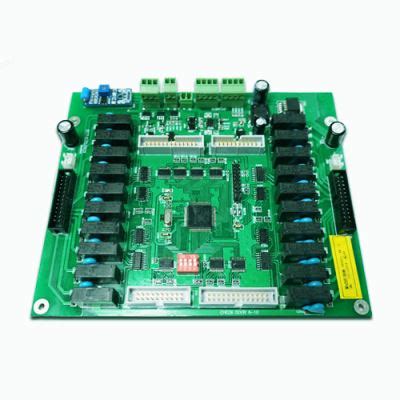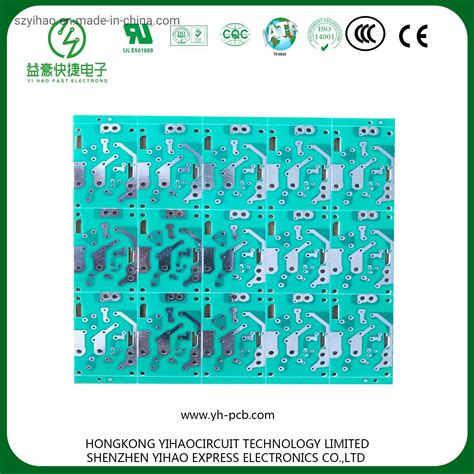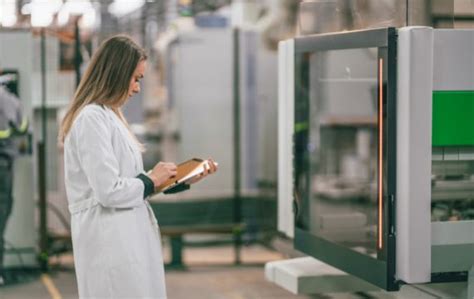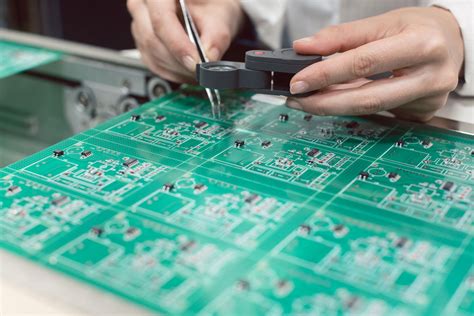Using transparent tape to make printed circuit boards
The method of using transparent tape as a protective layer to make printed circuits is simple and practical, and the quality of the circuit boards produced is good. The specific steps are as follows:
(1) Cut a piece of copper-clad board, use water-abrasive sandpaper to smooth the burrs around it,
use decontamination powder to treat the dirt on the surface of the copper-clad board, then put the copper-clad board into water and take it out to see if the surface has been moistened by water. If not, continue to decontaminate until the surface is completely moistened. Finally, wipe the water off the surface of the copper-clad board with a cloth.
(2) Copy the designed printed circuit diagram (pay attention to the front and back) onto the surface of the copper-clad board with carbon paper.
(3) Use transparent tape to stick to the copper-clad board with the copied circuit, and then smooth it with your hands.
If the circuit area on the board is large and cannot be fully covered with one piece of transparent tape, two or more pieces of transparent tape can be used to stick them together, but it should be noted that there should be a 1-2mm overlap at the connection between the two pieces of transparent tape.
(4) Prepare a blade, ruler and curve board, and then you can scribe the circuit copied on the copper clad board.
Since the base of the transparent tape is very thin, it can be easily cut with a blade. Then use tweezers to remove the excess transparent tape on the surface of the copper clad board, and the circuit will be retained. The above work is best done in an environment with a room temperature below 25°C. Because the temperature is too high, the colloid has strong adhesion, which will make it difficult to remove the excess transparent tape on the circuit board. If the colloid in some places is not removed completely, it can be removed with a cotton ball dipped in banana water or gasoline.
(5) Put the transparent tape circuit retained on the copper clad board under a heat source of 40℃-50℃ (such as sunlight or a 100-watt light bulb) and bake for about 10 minutes
. The purpose is to make the colloid on the transparent tape firmly adhere to the surface of the copper clad board. This step is very critical. If the copper clad board with the circuit just scribed is placed in a ferric chloride solution for corrosion without baking, the transparent tape on the board will soften and fall off the copper clad board. The situation after baking is quite different. Only the base of the transparent tape is detached, while the colloid is firmly attached to the surface of the circuit. It plays a role in protecting the lines.
(6) Put the baked circuit board into a porcelain plate containing ferric chloride solution for corrosion
. The solution ratio is 55% ferric chloride and 65% water. In order to speed up the corrosion rate, the greater the fluidity of the solution, the better. At this time, you can hold the porcelain plate and gently shake it to make the solution flow back and forth in the porcelain plate.
(7) Take the corroded circuit board out of the porcelain plate and use a small piece of cloth dipped in a little gasoline to wipe off the colloid attached to the surface of the line. Then wash the circuit board with soapy water. Then you can drill the component installation holes, and then polish them with fine water sandpaper until the lines are bright. Finally, apply rosin alcohol solution and wait for it to dry before use.







